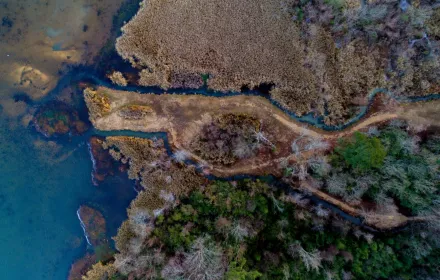
Overview
“Everything is related to everything else, but near things are more related than distant things” (Tobler, 1970, Economic Geography, 46). This course is designed to give you an introduction to spatial modelling and to develop your understanding of spatial data, which is essential for understanding environmental change and assessing its impacts. You will learn to select, adapt and apply machine learning methods to solve spatial problems in human-environment research.
Why do we recommend this course?
Deep learning has become a hot topic in recent years. This course shows how deep learning can be implemented in geographic realm.
Which topics will be covered?
- The importance of spatial and temporal scales for questions in the field of environmental science
- Spatial variable selection and validation strategies
- Prediction of spatial properties with machine learning techniques
What will I achieve?
By the end of the course, you‘ll be able to...
- understand the particularities of spatial data.
- subject specific pre-processing and standardisation of (remote sensing) data sets.
- select, adapt and applicate machine learning methods for solving spatio-temporal problems in environmental research.
Which prerequisites do I need to fulfill?
This course is primarily aimed at future geographers and assumes some basic knowledge of AI and some previous experience with the programming language R. If you have little or no experience using R, we recommend reviewing some of the instructors’ other online coursework available at OER Marburg, such as Base R and a more advanced Data Analysis in R.













